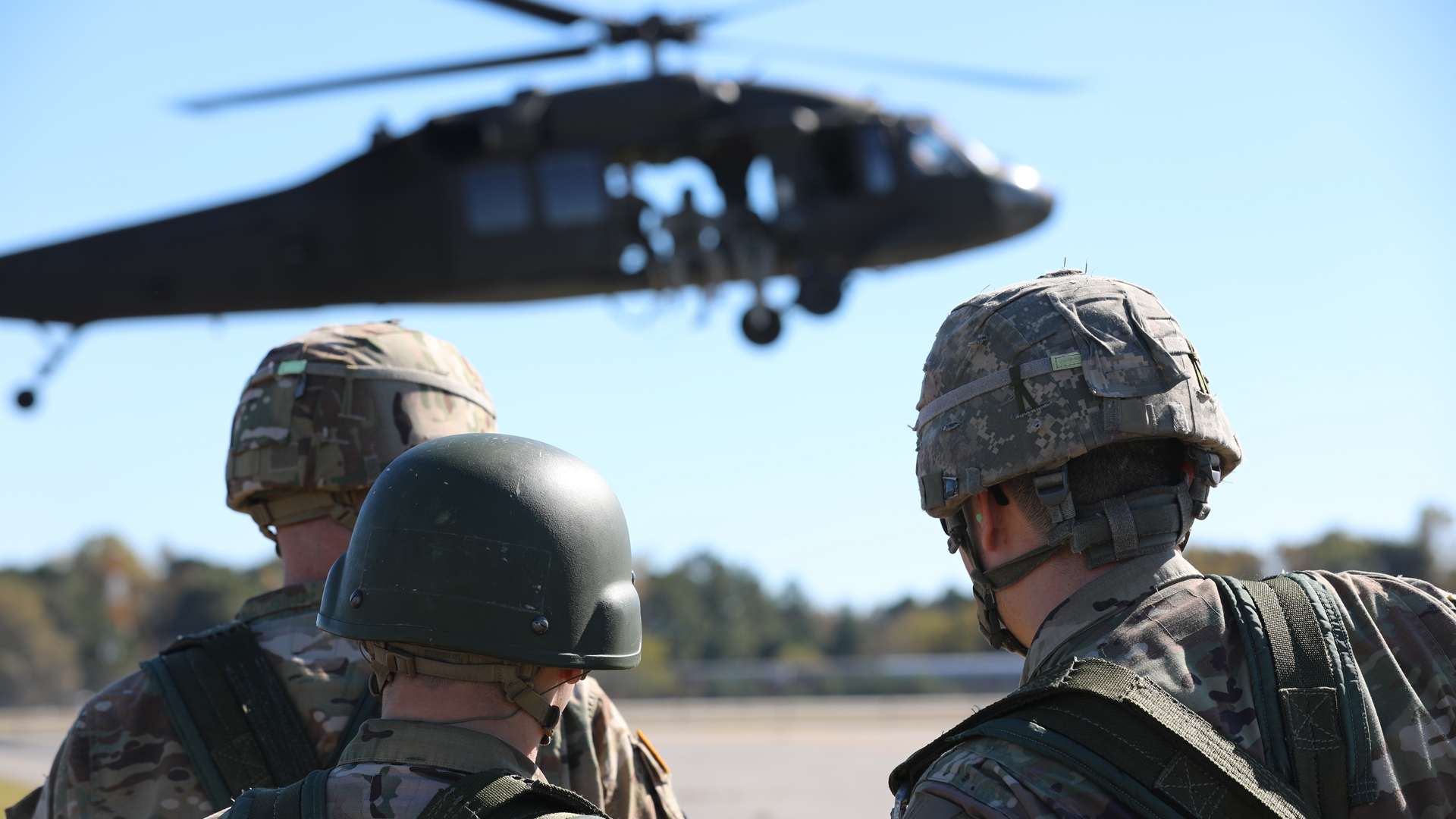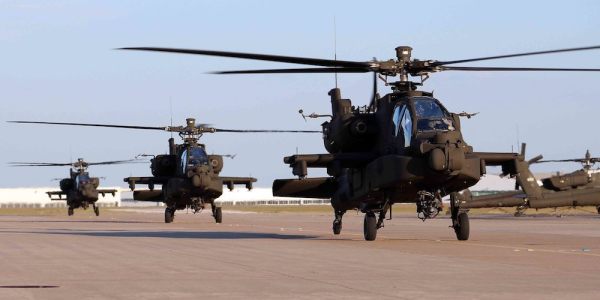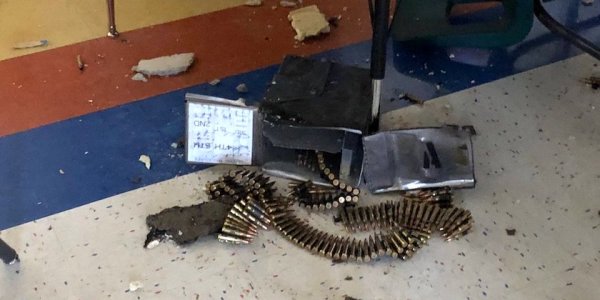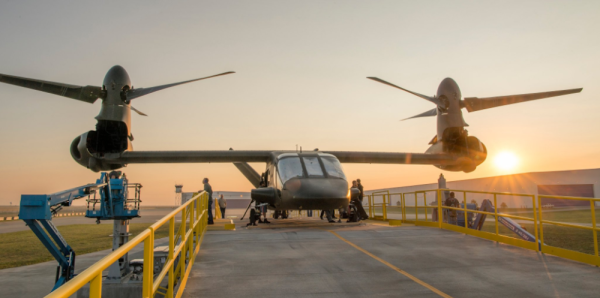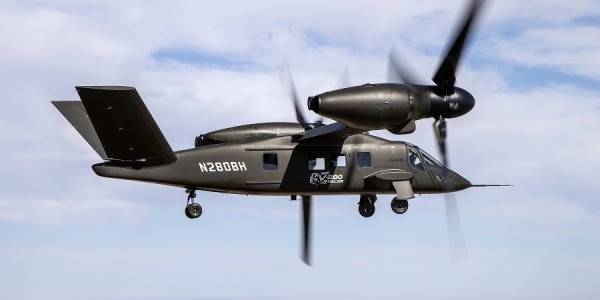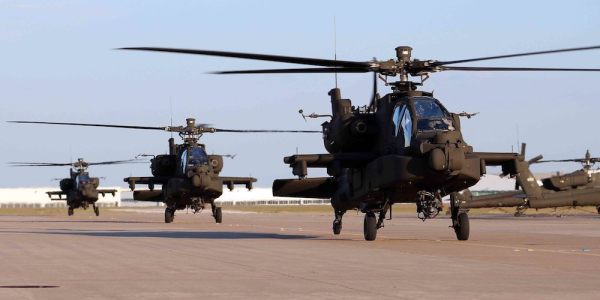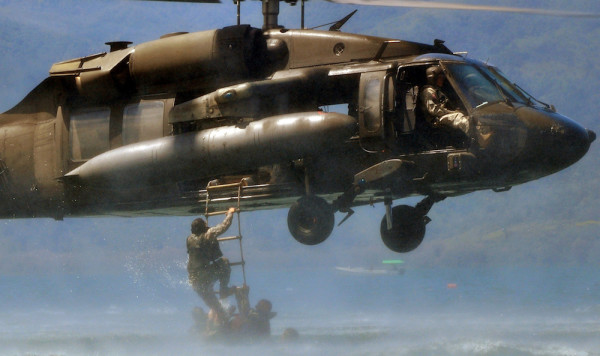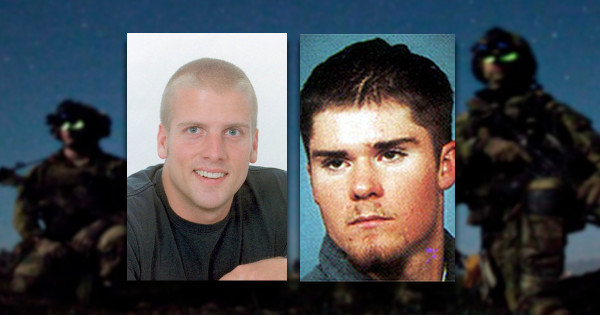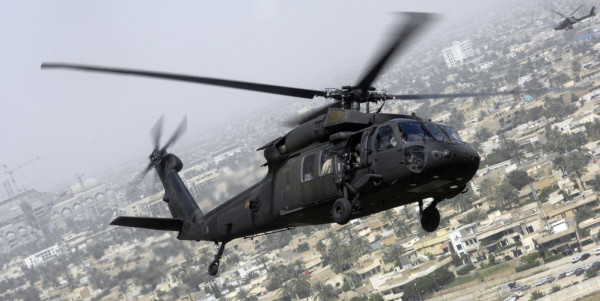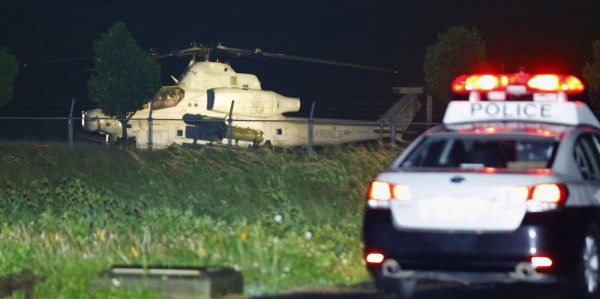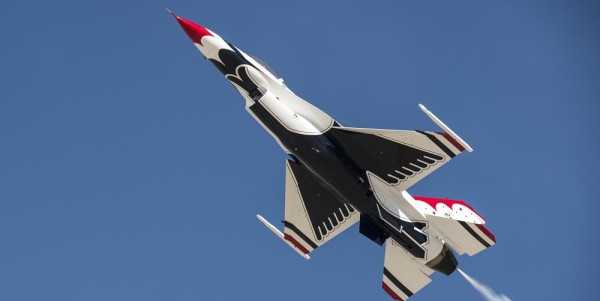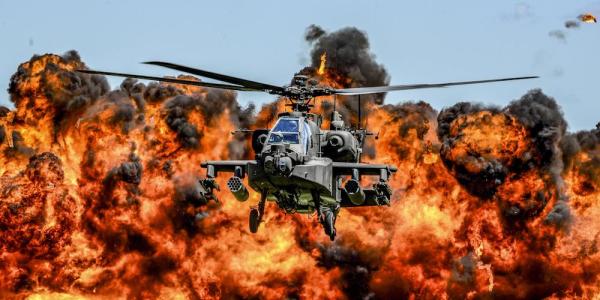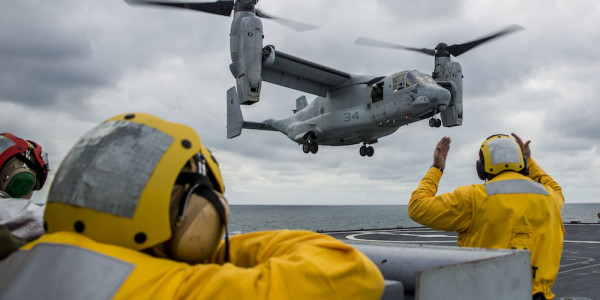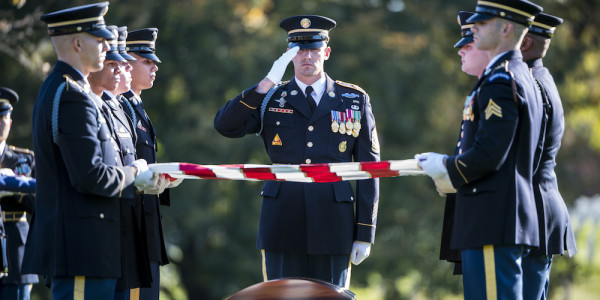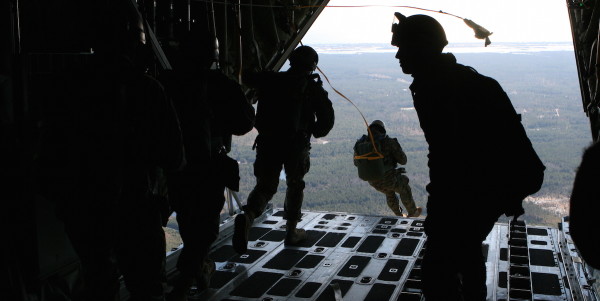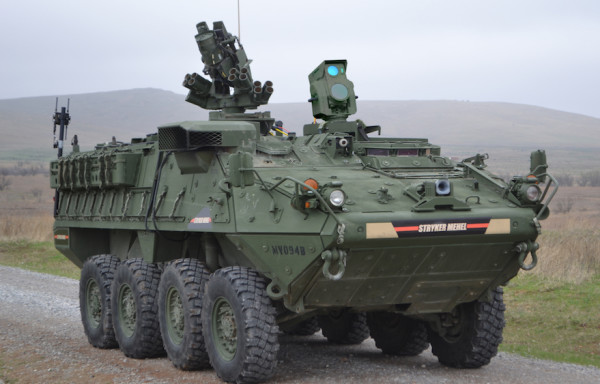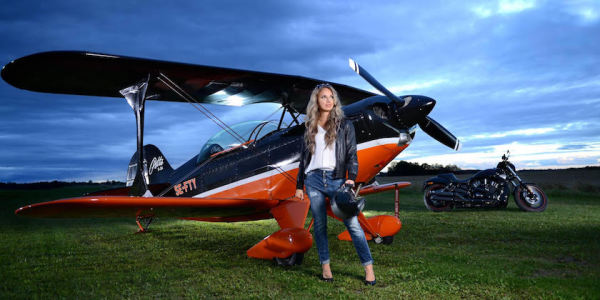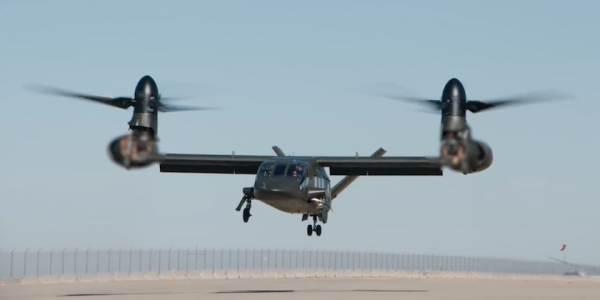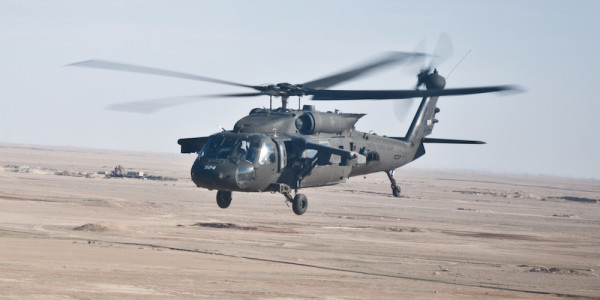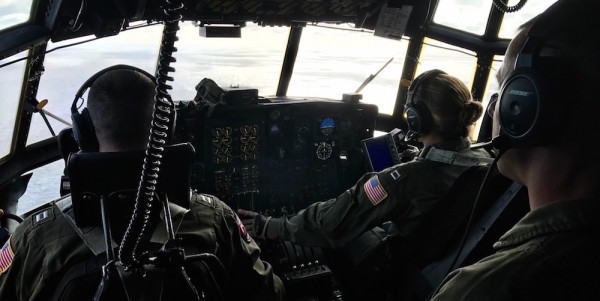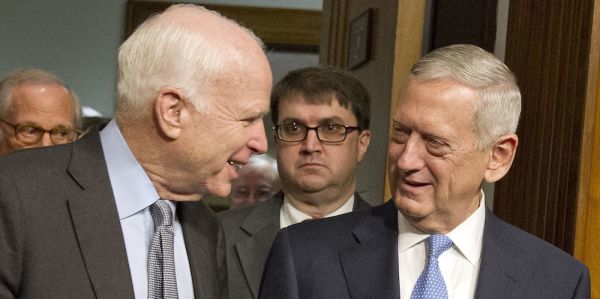The deadly helicopter crash that killed three members of the Idaho National Guard last week was just the latest fatal aviation mishap involving a UH-60 Black Hawk to strike the U.S. military in recent months.
In the last year and a half, five Black Hawk crashes across the United States have resulted in the deaths of 12 U.S. service members, according to aviation mishap data reviewed by Task & Purpose.
Just weeks before the Idaho National Guard helo went down near Boise during a routine training exercise on Tuesday, a New York National Guard UH-60 medical evacuation helicopter crashed during a separate training mission in Mendon, New York, killing the three soldiers on board.
This past August, two soldiers assigned to the 160th Special Operations Aviation Regiment out of Fort Campbell, Kentucky, were killed and another three were injured when their Black Hawk crashed during a training exercise near San Clemente Island in California.
In December 2019, three members of the Minnesota National Guard were killed when their Black Hawk went down during a maintenance flight test just outside of St. Cloud, Minnesota.
Finally, in September 2019, one soldier assigned to the 1st Battalion, 5th Aviation Regiment was killed and another three were injured when their Black Hawk crashed at the Joint Readiness Training Center at Fort Polk in Louisiana.
All of these incidents took place during routine missions on U.S. soil. They do not include the five U.S. service members assigned to the international Multinational Force and Observers (MFO) peacekeeping force who were killed when their Black Hawk crashed in Egypt this past November.
For context: Data from Fort Rucker’s Army Safety Center from late January indicates that, since the start of fiscal year 2020, 13 out of 27 fatalities from on-duty mishaps involved aviation mishaps, suggesting that Black Hawks made up the majority of deaths from the latter.

It’s unclear how the Army plans on addressing the recent series of mishaps involving the Black Hawk. The Army and National Guard did not immediately respond to a request for comment from Task & Purpose.
But this wouldn’t the first time that the Army’s Black Hawk fleet has come under serious scrutiny following a fatal mishap. Indeed, the widow of a UH-60 crew chief who died in a deadly crash on a Maryland golf course in April 2017 sued Lockheed Martin’ over the incident, alleging that the Black Hawk manufacturer knew that some of the aircraft’s components were “unfit, unsafe, unairworthy and defective.”
“The Army’s investigation found that an important internal laminate skin that bonds parts of the rotor system together had disintegrated, causing part of the vehicle’s tail rotor system to fall off midflight,” the Washington Post reported at the time. “It stopped short of determining why the laminate had disintegrated or who might be at fault for what it termed a ‘material defect.'”
Beyond potential airframe issues, the Army has been well aware of potential problems facing the Black Hawk in recent years in terms of both training and maintenance. Just months after the Maryland crash, a Pentagon inspector general audit revealed that the Army “did not provide adequate funding and training for UH-60 pilots on the new equipment.”
Even worse, the service “did not effectively manage airframe condition evaluations for the UH-60 fleet,” with nearly 25 percent (460 out of 2,098) of the branch’s Black Hawk helicopters foregoing safety inspections and other mandatory evaluations designed to maintain airframe readiness between March 2016 and February 2017, according to the DoD IG report.
Officials “did not require an evaluation for all H-60 helicopters or verify that all exemptions were valid, coordinate with unit commanders to ensure all H-60 helicopters were available for evaluation, and require evaluations of H-60 helicopters that were less than 3 years old,” according to the report. “Evaluators identified safety problems with some H-60 helicopters that required the unit commander to ground (restrict flying) those helicopters.”
How the Army has addressed those issues in recent years and whether they played a part in any of the recent mishaps remains to be seen. While the three most recent incidents are still under investigation, an assessment of the Minnesota National Guard crash revealed that the improper installation of an engine’s hydromechanical unit was at fault for the incident, a problem that raised the prospect of administrative action for both the mechanic who installed the unit and the inspector who reviewed the work.
The Black Hawk currently makes up the Army’s largest rotary-wing fleet, with more than 2,100 airframes in its inventory as of 2018, and the service is currently evaluating both the twin-blade SB>1 Defiant and tiltrotor V-280 Valor to potentially replace the Black Hawk as the service’s long-range assault aircraft of choice in the next decade.
In a letter to Defense Secretary Lloyd Austin dated Feb. 5, Sen. Kirsten Gillibrand (D-N.Y.) called on the Pentagon “to promptly investigate” the recent back-to back crashes “to determine if they fit a larger pattern of malfunction” within the Black Hawk airframe.
“These recent helicopter crashes are tragic and reveal a disturbing trend that must be investigated,” said Gillibrand in a statement. “When our brave service members put on their uniforms and go to work, they should have confidence their command is looking out for the safety and readiness of their equipment. I’m urging the DoD to launch a comprehensive investigation of these UH-60 Black Hawk helicopter crashes to determine if there is a pattern.”
“I pray for the families of the service members who lost their lives in crashes and I will keep fighting to ensure our armed services have safe equipment.”
Related: The true story behind that one scene from ‘Black Hawk Down’ that explains why soldiers go to war

